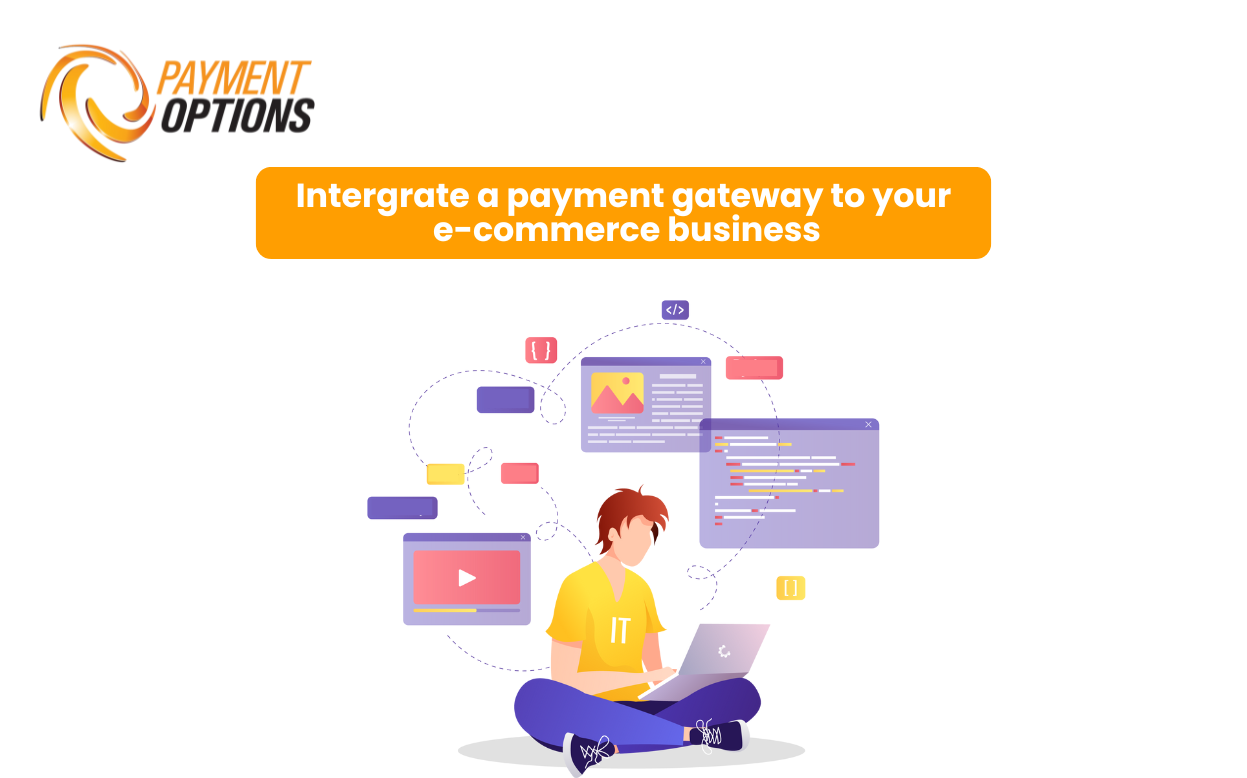How did the Electronic Payment System transform until 2020?

Electronic payments have also grown from technical innovation to one of the renowned payment methods widely accessible, because as online world widely accepted internet purchases and other forms of e-commerce. A distributed financial network of internet, modern, and hybrid systems shapes the technologies needed to accommodate the large number of electronic payments that already exist.
The development of the issuance of bank debit cards and credit cards has both shaped and shaped these payment processes, contributing to the current financial sector and payment methods. We’ve made great strides after postcards and charge cards, but new payment services are hardly finished developing as a result of technological advances.
Initial Electronic Payment System
The physical transaction has generally been necessary to accomplish sales for hundreds of years. In 1871, when Western Union (then the Western Union Telegraph Company) started electronic fund transfers (EFTs) as a method of payment for transferring financial resources, this transformed in a pioneering manner. EFTs were becoming influential without involving a physical interchange of real money among the sender and recipient groups as easy and effective ways to send money. The Federal Reserve had been going to transfer cash via telegram not fast just after the beginning of the century. Western Union’s main business element had already become financial transactions.
In 1914, Western Union started charge accounts to be used at a wide range of businesses. These accounts proved to bring a transformation in payments. The earlier versions were confined to the individual shops that offered them. Such accounts became associated with cards that could then be used by consumers to buy payment items that would also have to be returned to the lender. This initial type of credit, recognized as a ‘charge card,’ had been a popular electronic payment mechanism in the first quarter of the twentieth century.
Transformation of Electronic Payment Systems after the 1940s
Billing cards and deposits became extremely popular but their drawbacks led to more developments in the 1950s. The introduction of credit cards was one of these developments. Diners Club released the first “common usage” charge card in 1950 which quickly adopted similar cards by other leading companies. Such pioneering visionaries pave the way for the forthcoming credit card boom through their innovative use of charge cards.
The main difference between credit cards and charge cards is that the charge cards needed the account balance to be reimbursed off at a designated time, while the credit cards accepted the expansions of the cash with extra interest charges—allowing amounts to be conducted over from the prior billing cycle. This type of fee is recognized as “revolving credit,” which was used by Bank of America in 1958 to develop the very first contemporary credit card.
History of Credit Card
Visa is the credit card of Bank of America showed some progress but others failed. Its smart issuance plan involved delivering a card to inhabitants of a region where most residents were Bank of America clients, rapidly creating a payment card community to increase the probability that businesses would allow the cards.
The Bank of America as well as those who preceded were also confronted with many delays in the mainstream acceptance of credit cards. This was partly because the method of using these had been a lot more complex than it really is nowadays. .Before the subsequent digital transformation of credit card details, in the beginning, individuals paying with a credit card needed the seller to contact the bank directly, which further contacted the credit card corporation, where the staff member will indeed configure check the details of the user and the current account to authorize the transfer of funds.
As a part of this lengthy procedure, many traders started to allow unconfirmed payments if they knew the buyer or the price remained under a certain amount. This dramatically raised the possibility of credit card theft and left traders liable to fines as well as other fines.
The Internet and Payment Processing
The development of electronic payment mechanisms has been developed a lot. This period launched e-commerce as a simpler, more effective method of purchases that historically occurred in the method of postal payments, telephone orders as well as other related forms of payments. This followed in the footsteps of digital authentication systems that easily checked and approved money transfers from a range of platforms. Smartphones appeared as famous payment systems, enabling consumers to make mobile purchases via digital payment, like Apple Pay and Google Pay.
What is required of the development of electronic payment systems?
Digital payments begin to expand awareness, recognizing forward-thinking companies for satisfying the needs of digitally innovative consumers, and calling for modernization to continue to be successful. Explanations of more advances in online payment services include the electronic integration of point-of-sale processes and the omnichannel adoption of transaction processing. These market policies enhance the level and reliability of acceptance and delivery of payments and enable the processing of valuable business information that can contribute to better revenues for traders and increased rates of acceptance for financial service providers.
Fortunately, this continuous development sometimes raises the risk, generating a need for information security to balance the pace of technological advancement. Companies like Payment options could help resolve policies and privacy issues while maintaining the market integrity of confidential data and enabling technological change through cloud implementation.





